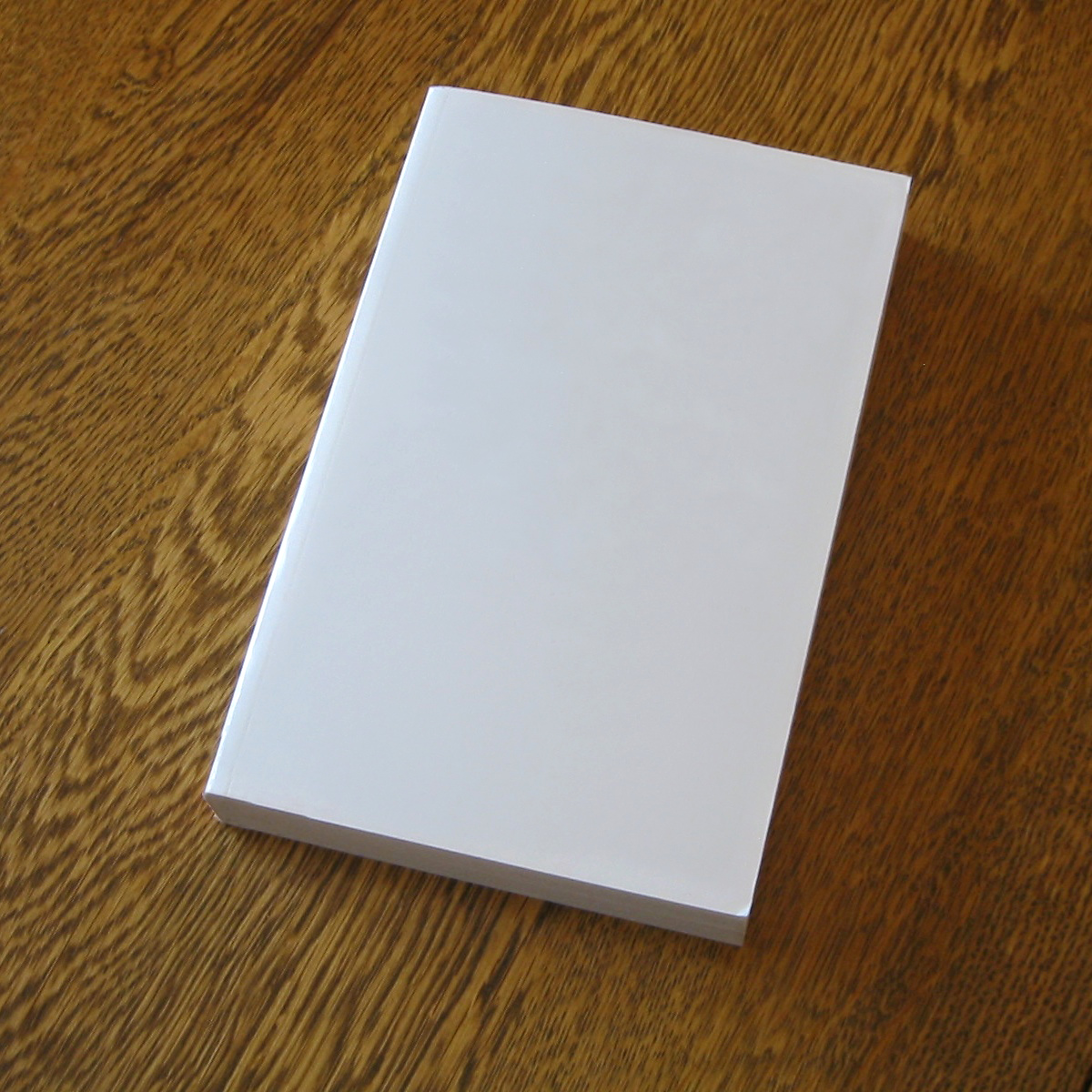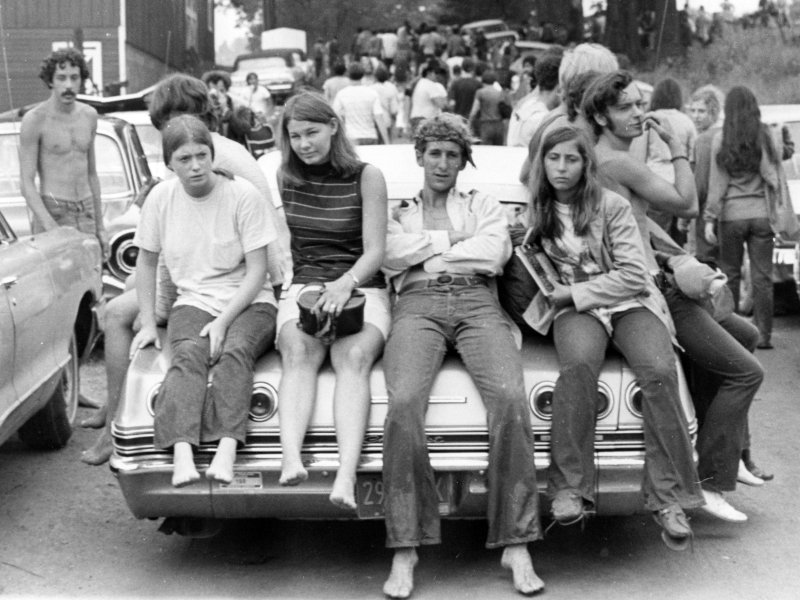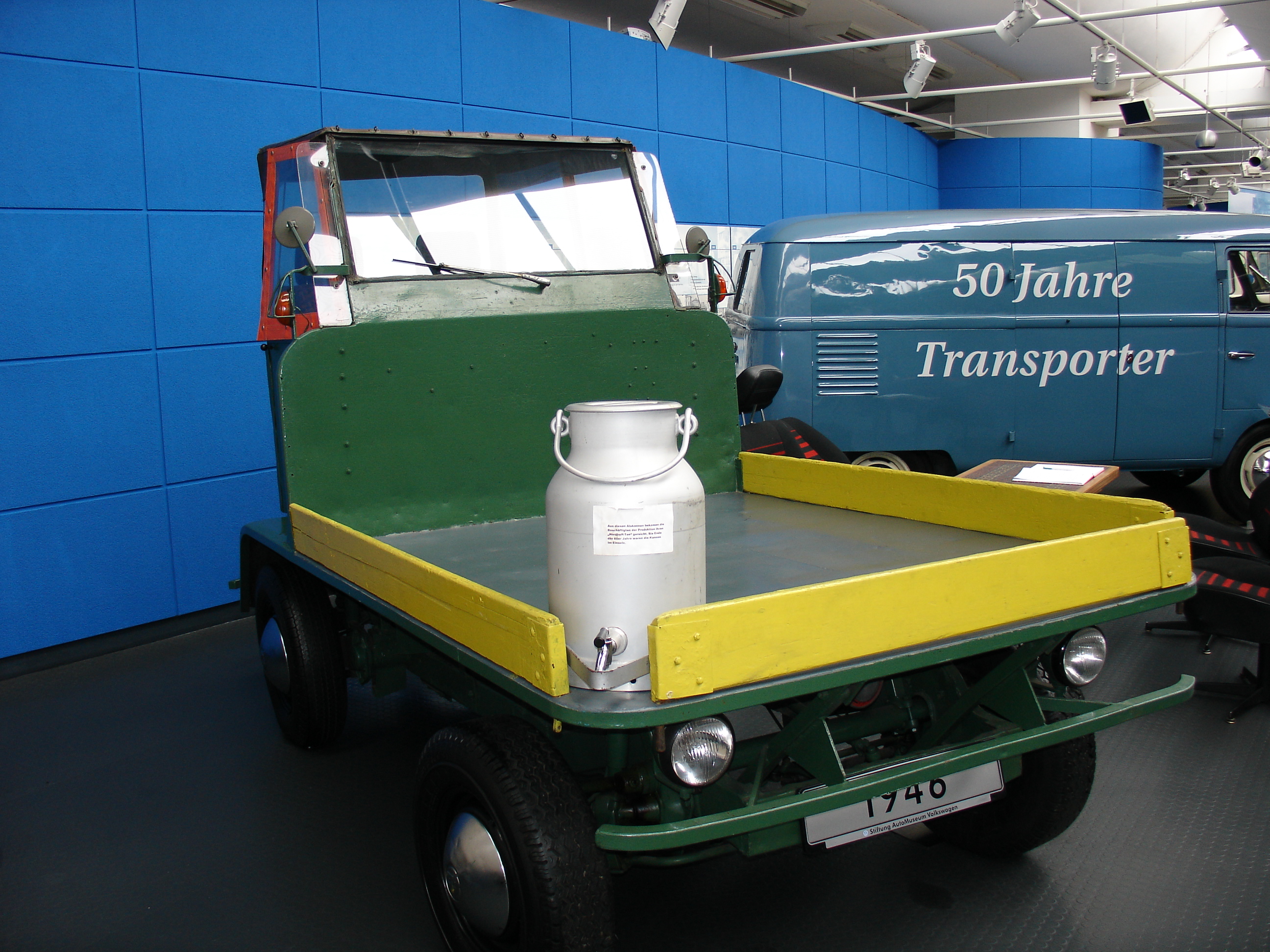|
Divine Right's Trip
''Divine Right's Trip: A Novel of the Counterculture'' is a 1972 novel by Gurney Norman. Plot The plot is set in the 1960s, which chronicles the awakening of the hippie stoner Divine Right (alter ego of the main character D.R. (David Ray) Davenport) as he travels from Kentucky with his girlfriend Estelle across the country, in a patient and introspective 1963 VW Bus, Urge. Divine Right has no idea where he is or where he is going. D.R. and Estelle take turns sleeping and driving, but D.R.'s constant straddling between waking and sleeping makes the journey as much an inner trip as it is a physical seemingly random trip from Urge to anywhere. The first helper character to be encountered is the Lone Outdoorsman who is a non-moving object in this road-trip story, stuck camping on the same site since years ago, watching TV in his solitude. He is a suspicious soul. The next helper is the Greek, who is named for his talking. The Greek is on a journey back to Norman, Oklahoma, to destr ... [...More Info...] [...Related Items...] OR: [Wikipedia] [Google] [Baidu] |
Gurney Norman
Gurney Norman (born 1937) is an American writer, documentarian, and professor. Biography Gurney Norman was born in Grundy, Virginia, in 1937. He grew up in the southern Appalachian Mountains and was raised alternately by his maternal grandparents in Southwest Virginia and his paternal grandparents in Eastern Kentucky in several towns, but primarily in the small community of Allais, near Hazard, in Perry County. He attended Stuart Robinson School in Letcher County, Kentucky, from 1946 to 1955. Norman attended the University of Kentucky from 1955 to 1959, graduating with a degree in journalism and English. In 1960, he received a Wallace Stegner Fellowship in Creative Writing at Stanford University where he studied with literary critic Malcolm Cowley and the Irish short story writer Frank O'Connor After Stanford, Norman spent two years in the U.S. Army. He returned to eastern Kentucky in 1963 to work as a reporter for his hometown newspaper, '' The Hazard Herald''. Leaving ... [...More Info...] [...Related Items...] OR: [Wikipedia] [Google] [Baidu] |
Laura Lee Cundiff
Laura may refer to: People * Laura (given name) * Laura, the British code name for the World War I Belgian spy Marthe Cnockaert Places Australia * Laura, Queensland, a town on the Cape York Peninsula * Laura, South Australia * Laura Bay, a bay on Eyre Peninsula ** Laura Bay, South Australia, a locality **Laura Bay Conservation Park, a protected area * Laura River (Queensland) * Laura River (Western Australia) Canada * Laura, Saskatchewan Italy * Laura (Capaccio), a village of the municipality of Capaccio, Campania * Laura, Crespina Lorenzana, a village in Tuscany Marshall Islands * Laura, Marshall Islands, an island town in the Majuro Atoll of the Marshall Islands Poland * Laura, Silesian Voivodeship, a village in the administrative district of Gmina Toszek, within Gliwice County, Silesian Voivodeship, in southern Poland United States * Laura, Illinois * Laura, Indiana * Laura, Kentucky, a city * Laura, Missouri * Laura, Ohio, a small village Arts, media, and entertain ... [...More Info...] [...Related Items...] OR: [Wikipedia] [Google] [Baidu] |
United States
The United States of America (U.S.A. or USA), commonly known as the United States (U.S. or US) or America, is a country primarily located in North America. It consists of 50 states, a federal district, five major unincorporated territories, nine Minor Outlying Islands, and 326 Indian reservations. The United States is also in free association with three Pacific Island sovereign states: the Federated States of Micronesia, the Marshall Islands, and the Republic of Palau. It is the world's third-largest country by both land and total area. It shares land borders with Canada to its north and with Mexico to its south and has maritime borders with the Bahamas, Cuba, Russia, and other nations. With a population of over 333 million, it is the most populous country in the Americas and the third most populous in the world. The national capital of the United States is Washington, D.C. and its most populous city and principal financial center is New York City. Paleo-Americ ... [...More Info...] [...Related Items...] OR: [Wikipedia] [Google] [Baidu] |
English (language)
English is a West Germanic language of the Indo-European language family, with its earliest forms spoken by the inhabitants of early medieval England. It is named after the Angles, one of the ancient Germanic peoples that migrated to the island of Great Britain. Existing on a dialect continuum with Scots, and then closest related to the Low Saxon and Frisian languages, English is genealogically West Germanic. However, its vocabulary is also distinctively influenced by dialects of France (about 29% of Modern English words) and Latin (also about 29%), plus some grammar and a small amount of core vocabulary influenced by Old Norse (a North Germanic language). Speakers of English are called Anglophones. The earliest forms of English, collectively known as Old English, evolved from a group of West Germanic ( Ingvaeonic) dialects brought to Great Britain by Anglo-Saxon settlers in the 5th century and further mutated by Norse-speaking Viking settlers starting in the 8th ... [...More Info...] [...Related Items...] OR: [Wikipedia] [Google] [Baidu] |
Fantasy Novel
Fantasy literature is literature set in an imaginary universe, often but not always without any locations, events, or people from the real world. Magic, the supernatural and magical creatures are common in many of these imaginary worlds. Fantasy literature may be directed at both children and adults. Fantasy is a subgenre of speculative fiction and is distinguished from the genres of science fiction and horror by the absence of scientific or macabre themes, respectively, though these genres overlap. Historically, most works of fantasy were written, however, since the 1960s, a growing segment of the fantasy genre has taken the form of films, television programs, graphic novels, video games, music and art. Many fantasy novels originally written for children and adolescents also attract an adult audience. Examples include ''Alice's Adventures in Wonderland'', the '' Harry Potter'' series, '' The Chronicles of Narnia'', and ''The Hobbit''. History Beginnings Stories invo ... [...More Info...] [...Related Items...] OR: [Wikipedia] [Google] [Baidu] |
Dial Press
The Dial Press was a publishing house founded in 1923 by Lincoln MacVeagh. The Dial Press shared a building with '' The Dial'' and Scofield Thayer worked with both. The first imprint was issued in 1924. Authors included Elizabeth Bowen, W. R. Burnett and Glenway Wescott, Frank Yerby, James Baldwin, Roy Campbell, Susan Berman, Herbert Gold, Thomas Berger, Vance Bourjaily, Judith Rossner, and Norman Mailer. In 1963, Dell Publishing Company acquired 60% of the Dial Press stock but the Press remained an independent subsidiary. It was jointly owned by Richard Baron and Dell Publishing; E. L. Doctorow was editor-in-chief. In 1969 the Dial Press became wholly owned by Dell Publishing Company. In 1976 Doubleday bought Dell Publishing and the children's division of Dial Press (Dial Books for Young Readers) was sold to E. P. Dutton. The children's division of Dial Press published books under the Pied Piper imprint. Dutton would be bought by New American Library, which in tu ... [...More Info...] [...Related Items...] OR: [Wikipedia] [Google] [Baidu] |
Paperback
A paperback (softcover, softback) book is one with a thick paper or paperboard cover, and often held together with glue rather than stitches or staples. In contrast, hardcover (hardback) books are bound with cardboard covered with cloth, leather, paper, or plastic. Inexpensive books bound in paper have existed since at least the 19th century in such forms as pamphlets, yellowbacks, dime novels, and airport novels. Modern paperbacks can be differentiated from one another by size. In the United States, there are "mass-market paperbacks" and larger, more durable "trade paperbacks". In the United Kingdom, there are A-format, B-format, and the largest C-format sizes. Paperback editions of books are issued when a publisher decides to release a book in a low-cost format. Lower-quality paper, glued (rather than stapled or sewn) bindings, and the lack of a hard cover may contribute to the lower cost of paperbacks. Paperback can be the preferred medium when a book is not expect ... [...More Info...] [...Related Items...] OR: [Wikipedia] [Google] [Baidu] |
Hippie
A hippie, also spelled hippy, especially in British English, is someone associated with the counterculture of the 1960s, originally a youth movement that began in the United States during the mid-1960s and spread to different countries around the world. The word '' hippie'' came from '' hipster'' and was used to describe beatniks who moved into New York City's Greenwich Village, in San Francisco's Haight-Ashbury district, and Chicago's Old Town community. The term ''hippie'' was used in print by San Francisco writer Michael Fallon, helping popularize use of the term in the media, although the tag was seen elsewhere earlier. The origins of the terms '' hip'' and ''hep'' are uncertain. By the 1940s, both had become part of African American jive slang and meant "sophisticated; currently fashionable; fully up-to-date". The Beats adopted the term ''hip'', and early hippies inherited the language and countercultural values of the Beat Generation. Hippies created their own comm ... [...More Info...] [...Related Items...] OR: [Wikipedia] [Google] [Baidu] |
Volkswagen Type 2 (T1)
The Volkswagen Type 2, known officially (depending on body type) as the Transporter, Kombi or Microbus, or, informally, as the Bus (US), Camper (UK) or Bulli (Germany), is a forward control light commercial vehicle introduced in 1950 by the German automaker Volkswagen as its second car model. Following – and initially deriving from – Volkswagen's first model, the Type 1 (Beetle), it was given the factory designation Type 2. As one of the forerunners of the modern cargo and passenger vans, the Type 2 gave rise to forward control competitors in the United States in the 1960s, including the Ford Econoline, the Dodge A100, and the Chevrolet Corvair 95 Corvan, the latter adapting the rear-engine configuration of the Corvair car in the same manner in which the VW Type 2 adapted the Type 1 layout. European competition included the 1947–1981 Citroën H Van, the 1959–1980 Renault Estafette (both FF layout), the 1952–1969 semi forward-control Bedford CA and the 1953–1965 ... [...More Info...] [...Related Items...] OR: [Wikipedia] [Google] [Baidu] |
Appalachia
Appalachia () is a cultural region in the Eastern United States that stretches from the Southern Tier of New York State to northern Alabama and Georgia. While the Appalachian Mountains stretch from Belle Isle in Newfoundland and Labrador, Canada, to Cheaha Mountain in Alabama, ''Appalachia'' typically refers only to the cultural region of the central and southern portions of the range, from the Catskill Mountains of New York southwest to the Blue Ridge Mountains which run southwest from southern Pennsylvania to northern Georgia, and the Great Smoky Mountains of Tennessee and North Carolina. In 2020, the region was home to an estimated 26.1 million people, of which roughly 80% are white. Since its recognition as a distinctive region in the late 19th century, Appalachia has been a source of enduring myths and distortions regarding the isolation, temperament, and behavior of its inhabitants. Early 20th century writers often engaged in yellow journalism focused on sensat ... [...More Info...] [...Related Items...] OR: [Wikipedia] [Google] [Baidu] |
Whole Earth Catalog
The ''Whole Earth Catalog'' (WEC) was an American counterculture magazine and product catalog published by Stewart Brand several times a year between 1968 and 1972, and occasionally thereafter, until 1998. The magazine featured essays and articles, but was primarily focused on product reviews. The editorial focus was on self-sufficiency, ecology, alternative education, "do it yourself" (DIY), and holism, and featured the slogan "access to tools". While WEC listed and reviewed a wide range of products (clothing, books, tools, machines, seeds, etc.), it did not sell any of the products directly. Instead, the vendor's contact information was listed alongside the item and its review. This is why, while not a regularly published periodical, numerous editions and updates were required to keep price and availability information up to date. Steve Jobs compared ''The Whole Earth Catalog'' to Internet search engine Google in his June 2005 Stanford University commencement speech. When I wa ... [...More Info...] [...Related Items...] OR: [Wikipedia] [Google] [Baidu] |
The Wilgus Stories
''The'' () is a grammatical article in English, denoting persons or things already mentioned, under discussion, implied or otherwise presumed familiar to listeners, readers, or speakers. It is the definite article in English. ''The'' is the most frequently used word in the English language; studies and analyses of texts have found it to account for seven percent of all printed English-language words. It is derived from gendered articles in Old English which combined in Middle English and now has a single form used with pronouns of any gender. The word can be used with both singular and plural nouns, and with a noun that starts with any letter. This is different from many other languages, which have different forms of the definite article for different genders or numbers. Pronunciation In most dialects, "the" is pronounced as (with the voiced dental fricative followed by a schwa) when followed by a consonant sound, and as (homophone of pronoun ''thee'') when followed by a ... [...More Info...] [...Related Items...] OR: [Wikipedia] [Google] [Baidu] |






.png)